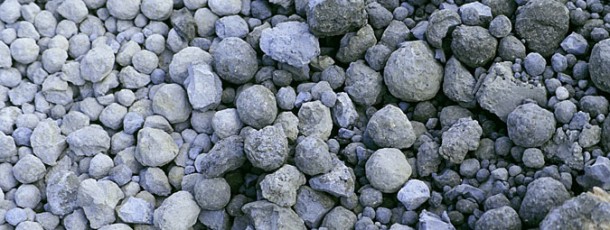Cement and Clinker Production in Turkey
The Turkish cement industry began production in 1911 with 20 000 tpy capacity. In the 1950s, production reached 370 000 tpy, but it did not meet local market demand until the 1970s. With export volumes rising every year, the country’s cement industry has gained increasing importance in the economic structure of Turkey, while also providing a significant level of employment. Today, the Turkish cement sector includes a total of 68 cement plants (48 integrated plants and 20 grinding-packing plants) and employs 15 000 people.
The cement sector in Turkey only uses its own raw material resources and total production meet the needs of the country. By means of cost reduction and modernisation investments, Turkey’s cement sector fulfils AB norms. From 2012 to 2013, cement production increased by 8.97%. In 2013, 71.3 million t cement and 60.2 million t clinker was produced. The same year 60.9 million t cement was sold in the domestic market and 9.6 million t cement was exported, equivalent to 85.4% in domestic market sales and 13.5% was in export sales. From 2012 to 2013 domestic sales increased by 13% and export sales decreased by 0.8%.
Cement and Clinker Production in Turkey
In 2013, the Turkish Cement Association examined the increase in production and domestic sales and found that the increase in both production and domestic sales occurred in the Marmara and Mediterranean regions.
In 2014, Turkey’s cement sector achieved positive results: 71.2 million t cement and 62.5 million t clinker were produced, 63.2 million t were sold in domestic market and 7.7 million t were exported. This indicates domestic sales were at 88.7% and exports were at 10.7%. Compared to 2013, domestic sales increased by 3.7% and exports decreased considerably by 20.5%.
Due to optimum weather conditions, there was an increase in production and sales in the cement sector during autumn and winter seasons.
The increases-decreases in domestic sales and export sales for Turkey’s cement industry in 2014 have been examined and it was shown that domestic sales in Marmara, Mediterranean and Aegean regions had increased, but Southeast and Black Sea Region export sales decreased.
A focus on urban renewal projects is very important for the construction and cement sectors. It could increase the demand for cement and it may continue to increase the infrastructure and construction activities in Turkey until 2023. Cement could reach 99.8 million t, while consumption is expected to reach 78.9 million t.
